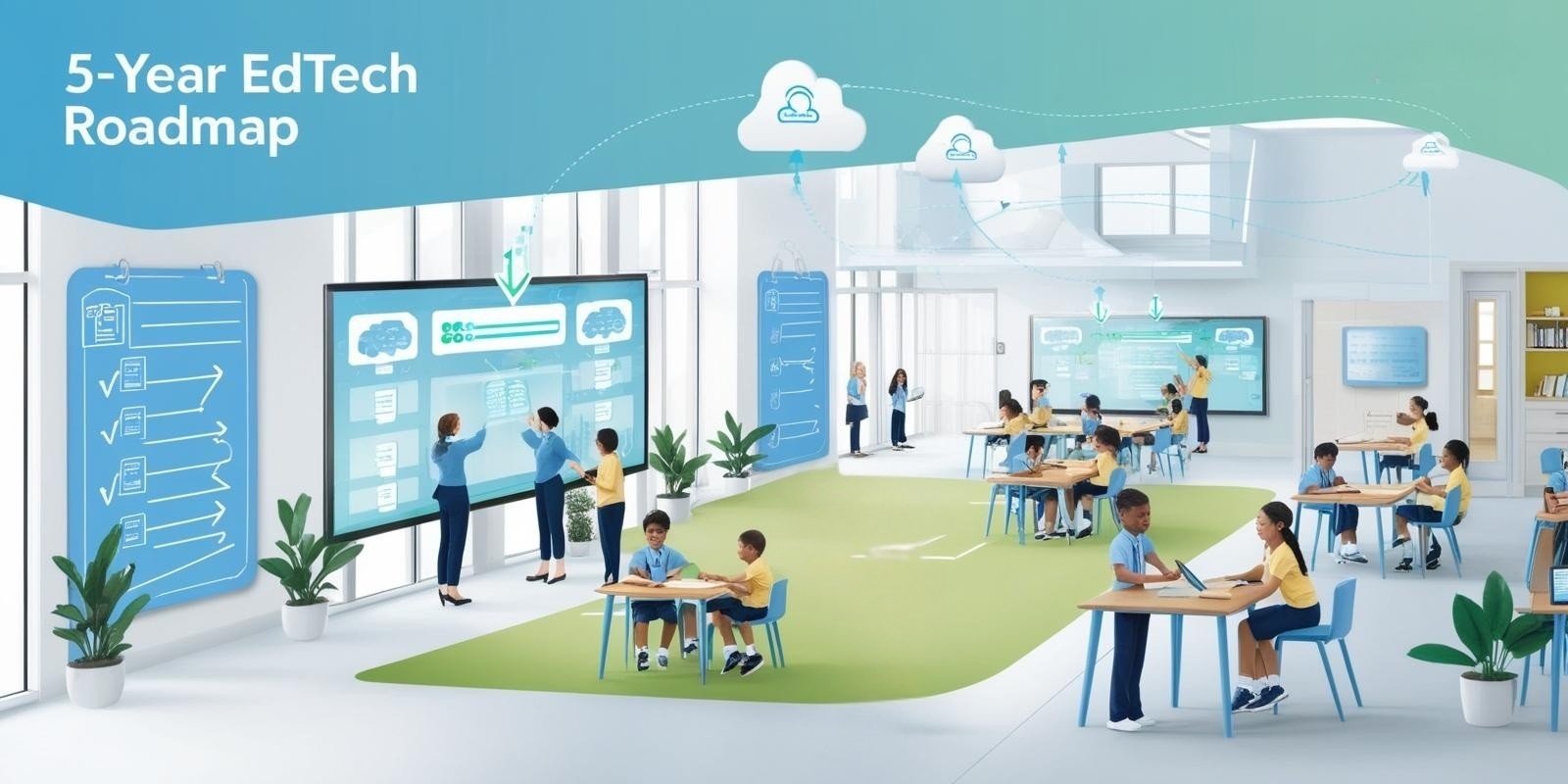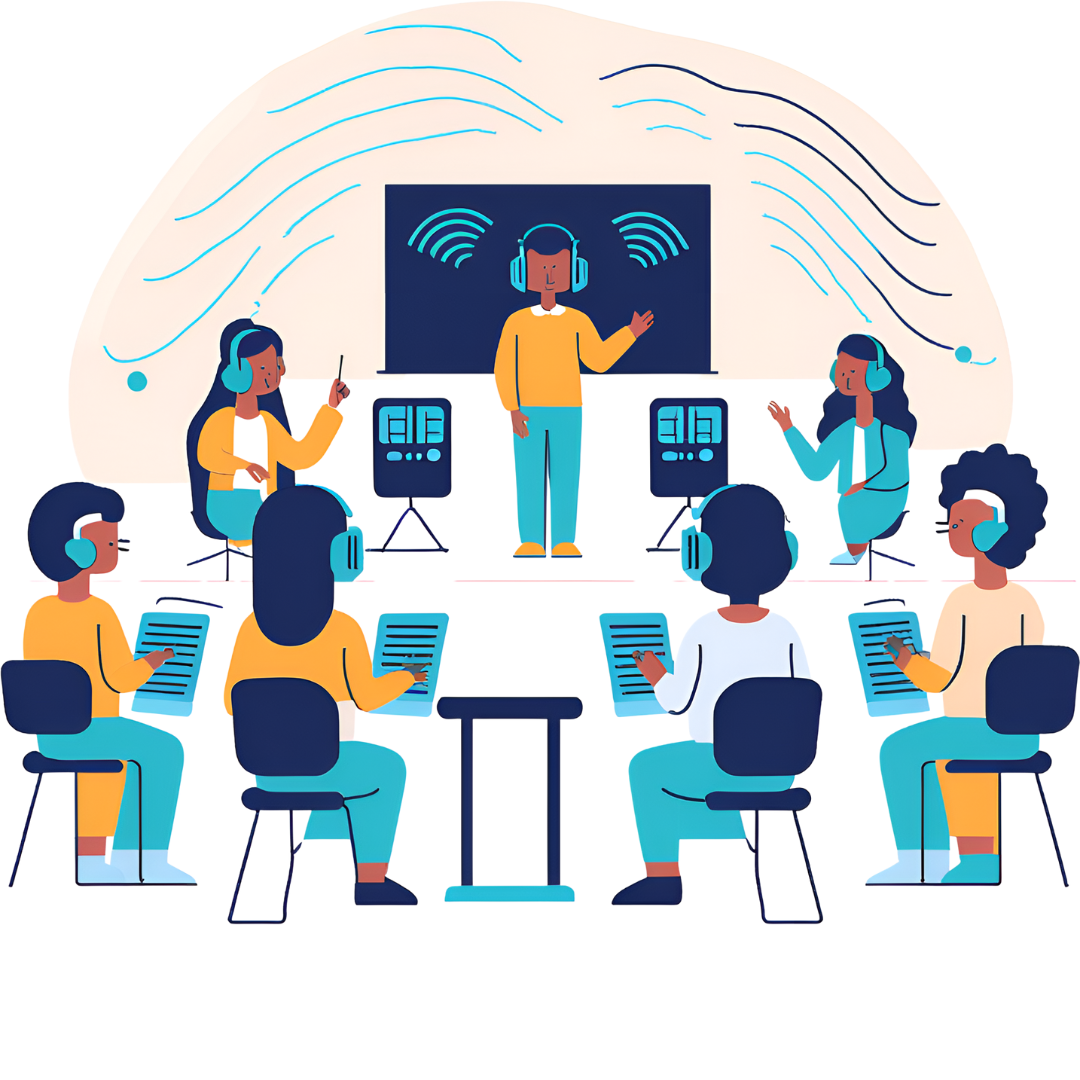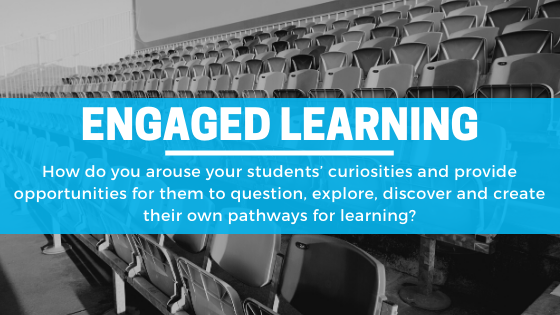The Next Big Thing in Student Engagement

As a teacher, one of your biggest challenges is to plan lessons that inspire your students to stay actively involved in the learning process.But you’ve probably noticed that traditional, teacher-centered learning plans aren’t always conducive to achieving that inspiration.That’s where active learning strategies come into play. You can use them to empower, engage, and stimulate a classroom by putting students at the center of the learning process.Get inspired by the below mentioned strategies that will help students talk more openly, think more creatively and ultimately become more engaged in the process of learning.
Reciprocal questioning
Use reciprocal questioning to encourage an open dialogue in which students take on the role of the teacher and create their own questions about a topic, reading section, or lesson.

After covering a topic of your choice in class -- or after assigning a reading selection -- divide the class into pairs or small groups and have students come up with a few questions for discussion with the rest of the class. To facilitate the process, you can provide students with “question stems,” which provide a foundation for a question but still require students to think critically about a lesson, text, or other section of material by completing the query. Consider the examples below.
| Comprehension Question Stems | Connector Question Stems |
| Describe x in your own words. What does y mean? Why is z important? How could x be used to y? | Explain how x and why z. In what ways are x and y similar? In what ways are x and y different? How does x tie in with that we learned before? |
Use these questions to anchor and explore concepts in course material, helping students investigate a range of new topics and points of view associated with your lesson.
Reciprocal questioning can be particularly useful when:
- Preparing for tests or exams
- Introducing a new topic or section of course content
- Discussing reading or writing materials in greater detail
The pause procedure
Use the pause procedure to intersperse strategic pauses into your Online class lectures and enhance student understanding of teaching materials.

To use the pause procedure, arrange for pauses of two to three minutes between every 10 to 15 minutes of online lecture time. During these brief breaks, encourage students to discuss or rework their notes in pairs to clarify key points covered, raise questions, and solve problems posed by the instructor.Alternatively, students can work together to write a paragraph that connects or highlights key ideas set out in their partner’s notes. Research on this topic, concluded that breaking a lecture into brief pauses can increase student attention and learning outcomes. The pause procedure, the study determined, is “a good active learning strategy which helps students review their notes, reflect on them, discuss and explain the key ideas with their partners.”The use of the pause procedure involves a minimal amount of extra time, but can confer significant benefits in comparison to lectures that continue without breaks.
To help teachers achieve this strategy, we are offering myviewboard virtual classroom teaching learning software for free during this pandemic. You may choose to apply for your Institution by clicking this link.
Game-based learning platforms
Game-based learning platforms add depth and differentiation to the educational process and allow students to work with their instructors to achieve their learning objectives.
Regardless of your audience or subject matter, the gamification of learning can help you to create exciting, educational, and entertaining content in your Online Classrooms. It’s not meant to turn work into a game, but it does play on the psychology that drives human engagement.
Take yourself back to the days when you “played out” in the street with childhood friends. Each game you played presented a challenge but you were driven by the promise of reward and perhaps a little gentle fear. The reward meant everything to you and in spite of the challenge and fear, you felt compelled to win.
Gamification in e-learning offers the opportunity for learners to engage with content in an effective, informal learning environment. If learners get excited about learning, they are more likely to retain information. Some of the tools that you may want to incorporate into your classrooms are listed below.
- Gimkit. https://www.gimkit.com/
- Kahoot! … https://kahoot.com/
- Quizizz: Fun Multiplayer Classroom Quizzes. https://quizizz.com/
- Quizlet: Simple tools that let you study anything for free. https://quizlet.com/
- Quizalize: Make fun games to play in class or as homework. https://www.quizalize.com
- Socrative: Visualizing Student Understanding Has Never Been Clearer. https://www.socrative.com/
- Plickers: Tailor instruction with instant feedback. https://get.plickers.com/
To learn more about Active learning strategies, do write to our Education Consultants at training@c3itxperts.com or Click here to connect with you at your convenience.
.png?width=1322&height=350&name=C3ITXperts-logo-R%20(1).png)







